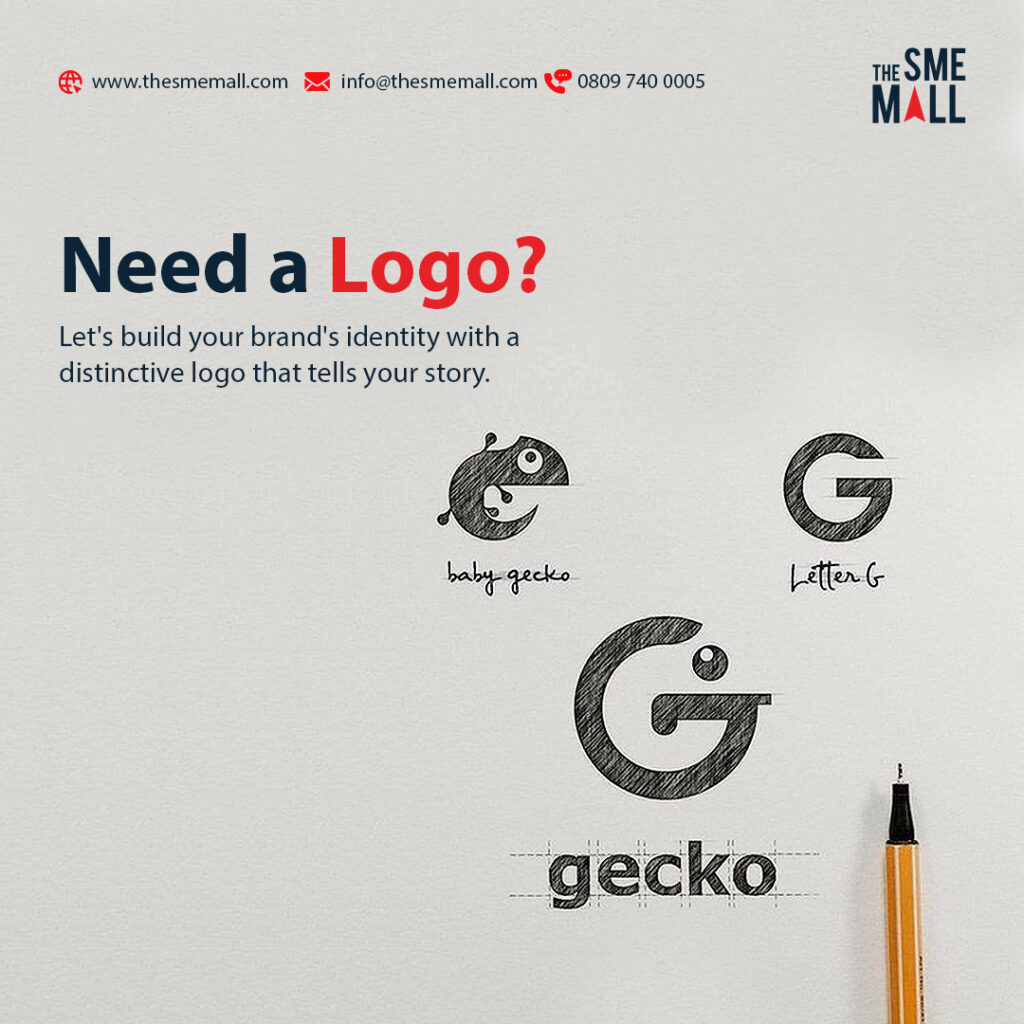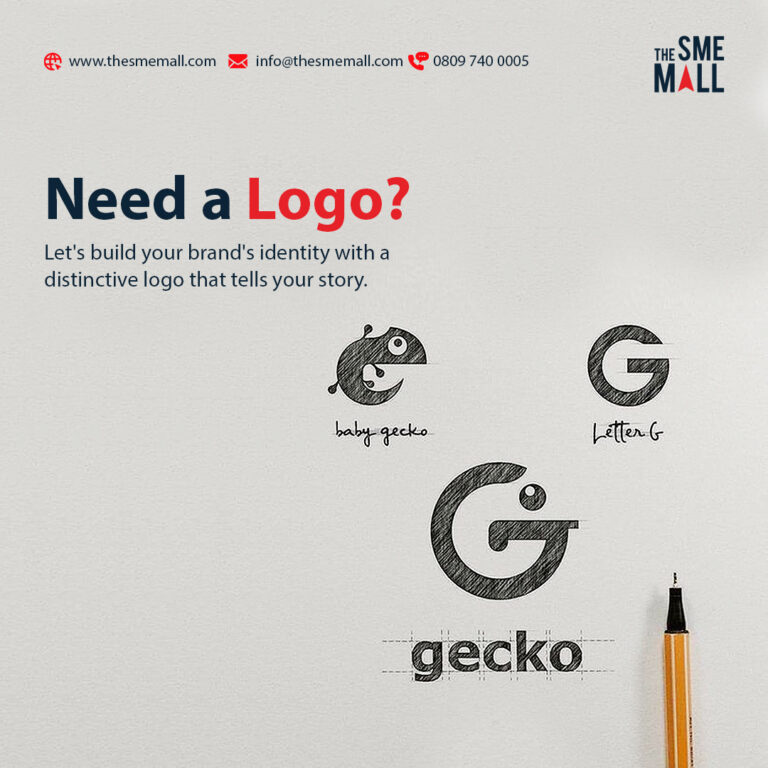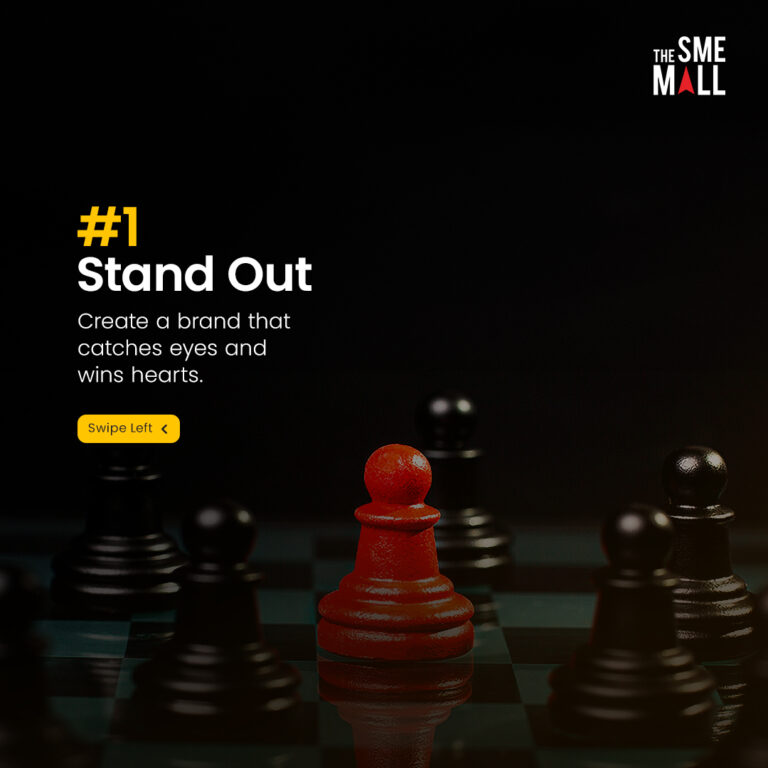How to Create a Brand Identity for Your Small Business: The Complete Guide
How to Create a Brand Identity for Your Small Business: The Complete Guide
How to Create a Brand Identity for Your Small Business: The Complete Guide
How to Create a Brand Identity for Your Small Business: The Complete Guide
Your business is drowning in a sea of competitors who offer similar products at similar prices. Customers scroll past your social media posts without stopping. Your sales depend on whoever stumbles across you rather than people actively seeking you out. This is what happens when you have a business but not a brand.
Most Nigerian small business owners believe branding is expensive logo design reserved for big corporations with marketing budgets. They focus entirely on selling products while wondering why customers don’t remember them, recommend them, or return for repeat purchases. The painful truth is that without strong branding, you’re invisible even when you’re everywhere.
Branding isn’t luxury spending – it’s survival strategy. For small businesses trying to compete in crowded markets, strong brand identity can be the difference between being just another option and being the first choice customers think of when they need what you offer.
Why Branding Is Your Business’s Silent Salesperson
Understanding why is branding important for small business reveals how brand identity works for you even when you’re sleeping. Your brand communicates your value, builds trust, and influences purchasing decisions before you ever speak to potential customers.
Trust building happens automatically when customers encounter consistent, professional branding across all touchpoints. They assume businesses that present themselves well deliver quality products and reliable service.
Premium pricing becomes possible when strong branding creates perceived value beyond product features. Two businesses can sell identical products, but the one with stronger branding often charges 20-50% more because customers associate the brand with quality and reliability.
Customer loyalty develops naturally when branding creates emotional connections beyond transactions. People don’t just buy your products – they buy into your story, values, and identity.
Word-of-mouth marketing accelerates when customers can easily describe and remember your business. Strong brands make customers confident recommending you to friends and family.
Competitive protection shields you from price wars because branded businesses compete on value rather than just cost. When customers care about your brand, they’re less likely to switch for minor price differences.
Your brand is always speaking – through your shopfront, social media presence, packaging, and customer interactions. The question isn’t whether you have a brand, but whether you’re controlling the message it sends.
The Real Meaning of Brand Identity
Many business owners confuse branding with logos, asking how do I create a brand for my small business when they really mean “how do I design a logo?” This misunderstanding costs businesses years of invisible operation while competitors with proper brand strategies capture market share.
Brand identity vs logo is like personality vs appearance. Your logo is one visual element, but your brand identity encompasses everything customers experience when interacting with your business.
Brand identity elements include your business name, logo, colors, fonts, tone of voice, messaging, values, personality, customer service style, packaging, and overall customer experience. These elements work together to create consistent impressions.
Brand positioning defines how you want customers to perceive you relative to competitors. Are you the affordable option, the premium choice, the innovative disruptor, or the reliable traditional provider?
Brand personality humanizes your business by giving it character traits. Brands can be professional, friendly, playful, serious, innovative, traditional, or any combination that resonates with target customers.
Brand promise is the unspoken commitment customers expect you to deliver every time. This promise must be realistic, valuable, and consistently fulfilled to build lasting trust.
Small business brand strategy doesn’t require corporate budgets – it requires strategic thinking about who you serve, what you promise, and how you deliver unique value.
How to Create a Brand Identity: The Foundation
Learning how to create a brand identity starts with strategic decisions before any design work begins. These foundational choices determine whether your branding efforts succeed or waste time and money.
Define your target audience with specificity that goes beyond demographics. Understand their problems, desires, fears, values, and buying behaviors. Your brand should speak directly to these people rather than trying to appeal to everyone.
Identify your unique value proposition by determining what you offer that competitors don’t or can’t match. This could be your approach, expertise, service level, specialization, or combination of factors that sets you apart.
Establish brand values that guide all business decisions and customer interactions. These core principles should reflect what matters to your target customers and differentiate you from competitors.
Choose brand personality traits that will resonate with your audience while feeling authentic to your actual business culture. Forced personalities feel fake and damage credibility.
Develop your brand story that explains why your business exists, what problems you solve, and what makes you different. Compelling stories create emotional connections that purely rational appeals can’t match.
This foundation work determines whether your visual branding and messaging will connect with customers or miss the mark entirely.
Creating a Brand Name and Logo That Sticks
Creating a brand name and logo requires balancing creativity with strategy. Memorable branding helps, but only if it communicates appropriate messages about your business positioning and values.
Brand name selection should consider memorability, pronunciation, spelling, domain availability, trademark conflicts, and cultural meanings. Simple names often work better than clever ones because they’re easier to remember and share.
Logo design principles for small businesses emphasize simplicity, versatility, and relevance over complexity. Your logo must work in color and black-and-white, at large and small sizes, and across digital and print applications.
Color psychology influences how customers perceive your brand. Blue suggests trust and professionalism, red creates urgency and excitement, green implies health and growth, while black conveys luxury and sophistication.
Typography choices communicate brand personality through font styles. Modern sans-serif fonts feel contemporary and approachable, serif fonts suggest tradition and reliability, while script fonts convey elegance or creativity.
DIY branding for small business can work if you follow design principles and maintain consistency. Free tools like Canva provide templates, but customization ensures your brand doesn’t look identical to competitors using the same templates.
How much does branding cost? Professional brand identity development ranges from ₦100,000 to ₦2 million depending on scope and designer experience. DIY approaches cost mainly time but require design skills and strategic thinking.
The Brand Consistency Formula
Brand consistency for small business determines whether your branding efforts build recognition and trust or create confusion that undermines credibility.
Visual consistency means using the same logo versions, color palettes, fonts, and design styles across all materials. Create brand guidelines documenting exact colors, fonts, logo usage rules, and design principles.
Messaging consistency ensures your tone of voice, key messages, and brand story remain recognizable whether customers encounter you on social media, your website, or in person.
Experience consistency delivers the same quality and service level regardless of when, where, or how customers interact with your business. Inconsistent experiences destroy trust faster than any other branding mistake.
Platform consistency maintains your brand identity while adapting to different platform requirements. Your Instagram presence should feel connected to your website even though content formats differ.
Time consistency keeps your branding recognizable as your business grows and evolves. Successful brands update their look periodically without losing their core identity.
Consistency doesn’t mean boring repetition – it means customers always know they’re interacting with your brand regardless of context or touchpoint.
Your Brand Story: The Human Connection
How to build a brand from scratch includes crafting narratives that help customers understand and connect with your business beyond products and prices.
Origin stories explain why your business exists and what problems inspired you to start it. Authentic origin stories create emotional connections that purely commercial messaging can’t achieve.
Customer success stories demonstrate your brand promise in action through real results that customers achieved. These stories prove your value while making your brand relatable and trustworthy.
Behind-the-scenes content humanizes your brand by showing the people, processes, and passion behind your products. Customers increasingly want to support businesses they feel connected to personally.
Value-driven narratives communicate what your business stands for beyond profit. Whether supporting local communities, environmental sustainability, or social causes, values-based storytelling attracts customers who share those priorities.
Challenge and triumph stories make your brand relatable by acknowledging obstacles while demonstrating perseverance. Perfect brands feel fake; authentic brands that overcome challenges inspire loyalty.
Small business branding tips emphasize that storytelling isn’t optional marketing fluff – it’s how customers decide whether they trust you enough to buy from you repeatedly.
Common Branding Mistakes Nigerian Small Businesses Make
Understanding frequent errors helps you avoid wasting time and money on branding approaches that don’t work.
Copying competitor branding makes you forgettable rather than distinctive. Customers need clear reasons to choose you over alternatives, not another business that looks identical to everyone else.
Inconsistent application undermines recognition when your business card looks professional but your social media appears amateurish. Every touchpoint must maintain your brand standards.
Neglecting online presence leaves money on the table since most customers research businesses online before purchasing. Your digital branding must match or exceed your physical presence quality.
Changing too frequently prevents brand recognition from building. Successful brands evolve gradually rather than reinventing themselves every few months when results don’t appear immediately.
Ignoring customer perception creates disconnects between how you want to be perceived and how customers actually see you. Regular feedback helps align your branding with market reality.
Underinvesting in branding costs more long-term than upfront investment in proper brand development. Poor branding requires constant customer acquisition while strong branding builds word-of-mouth growth.
Focusing only on aesthetics without strategy creates pretty designs that don’t connect with target audiences or differentiate from competitors meaningfully.
How The SME Mall Builds Brands That Sell
Creating effective brand identity requires strategic thinking, design expertise, and market understanding that most small business owners lack time to develop while running their operations.
Our Marketing & Digital services provide comprehensive brand identity development including strategy, naming, logo design, visual identity systems, brand guidelines, and implementation across all customer touchpoints.
Our Business Advisory services help you understand your target market, competitive positioning, and unique value propositions that form the strategic foundation for effective branding that resonates with customers and drives sales.
Build Your Brand, Build Your Business
How do I create a brand for my small business? The answer isn’t expensive agencies or complex strategies – it’s systematic thinking about who you serve, what you promise, and how you deliver consistent experiences that make customers remember, trust, and recommend you.
Your competitors are building brands right now while you’re focused solely on operations. Every day you delay branding is another day customers choose competitors who simply present themselves better even if you offer superior products or services.
Start building your brand identity today with clear strategy, consistent execution, and commitment to delivering experiences that turn customers into advocates who actively promote your business.
Ready to create a brand identity that drives business growth? Contact The SME Mall today to develop branding that positions your small business for recognition, trust, and sustainable success.



